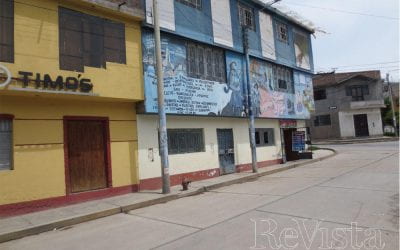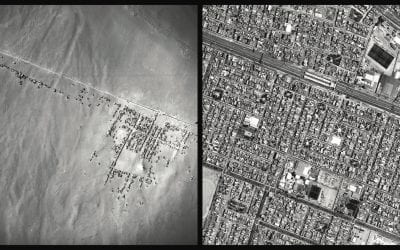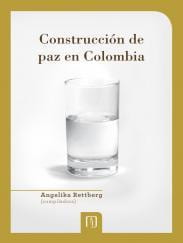Making a Difference: A Look at Microfinance
I spent ten months working for Natik, a small non-profit organization that supports grassroots organizations around San Cristóbal de las Casas and Santiago Atitlán, Guatemala. One of these projects is a microfinance fund called Veredas.
Over the past several years, academics, development professionals and grassroots activists have begun to voice concern about microfinance, arguing not only that it is not effective in fighting poverty, but that it can be harmful to clients and communities. Criticisms of microfinance range from critiques of how microfinance programs are implemented, including their high interest rates, the inability of their loan officers to effectively track their clients, and their exaggerated focus on profitability as well as more philosophical arguments that microfinance unfairly places the onus of development on individuals instead of on the state, and that the expectation that people in deep poverty become successful entrepreneurs is unrealistic.
San Cristóbal, like most of Chiapas, is full of microfinance institutions that vary greatly in terms of both financial success and commitment to the poor communities in which they work. Many charge very high interest rates and require that their clients take out large minimum first loans. Since its founding in 2009, Veredas has striven for a different model, providing loans to small cooperatives of women who make artisanal soaps, woven and embroidered textiles, and corn products. The loans are small by microfinance standards, and interest is symbolic, barely covering the cost of inflation. Most importantly, Veredas is committed to providing comprehensive “accompaniment” of every loan it disburses. This support can range from help filling out the loan application to input on product design, depending on the requests of each group.
Veredas hopes that this small, non-profit model of microfinance can provide insight into how microfinance can work better. By focusing services on women who already work together, Veredas avoids creating an expectation that every poor person become an entrepreneur. Interviews with program participants suggest that this vintage model of microfinance may have real positive effects. Participants report feeling more empowered in activities such as managing their own finances.
As part of Veredas’ commitment to providing services that respond to the goals and needs of the cooperatives, other Natik staff members and I visited loan recipients frequently to get to know them and track their progress. When we asked, “What aspects of your business would you like help with?” participants overwhelmingly asked us to help them sell more of their products. Unfortunately, the market for artisanal products is saturated in San Cristóbal and fluctuates seasonally. Despite their skill, creativity, and attention to detail, cooperatives receiving Veredas loans have difficulty selling their crafts. Thus, I worked with Natik to help artisans in one textile cooperative market their products on Etsy, a burgeoning online crafts marketplace. There, the cooperative can reach a wider audience and charge slightly higher prices for their items. In order to relieve the pressure of packaging, shipping and marketing from the artisans who already have so much to do, Natik relies on an extensive network of volunteers throughout the U.S. to receive bulk shipments from the artisans, post them to the site, and respond to orders and inquiries.
The Etsy project began in January 2013 and is currently in the process of evaluating its first year of operation. In one year, the project has resulted in more than US$1200 of revenue for a small cooperative that feels the benefit of every extra dollar raised. Sales increased steadily over the course of the year, and the site now also includes products from a Guatemalan artisan’s cooperative supported by Natik. In the coming year, Natik plans to streamline the project to make it as sustainable as possible and seriously evaluate its results with significant input from the cooperatives. Microfinance is a complicated project, but we hope that through intentional program design and hard work to expand the opportunities available to participants, we can create a model worth taking seriously.
Winter 2014, Volume XIII, Number 2
Jason Dyett is the Program Director of the DRCLAS Brazil Office.
Related Articles
A Road Less Traveled By
In mid-1992, Peru’s Shining Path guerrillas were winning. They had Lima under siege. Electricity was erratic, and water even more so. On July 16, their bombs destroyed banks, businesses and an apartment building in the middle-class Lima district of Miraflores, with many innocent lives lost.
Reverse Urbanism
In 1973, eleven-year-old Rita arrived to Lima from Caraz, a town high in the Andes. Her mother used to work at my grandparents’ house in Caraz but sent Rita to stay with my family in Lima. Rita lived in our house for almost 20 years. She raised my brothers and me while finishing high school and then studying at the university.
Construcción de paz en Colombia
On June 15, 2014, Colombians reelected President Juan Manuel Santos for a second term by a six-point margin in one of the most hotly contested elections in recent years. The 2014 presidential election was a de-facto referendum on the country’s peace endeavor.




